1. Sewing a Button
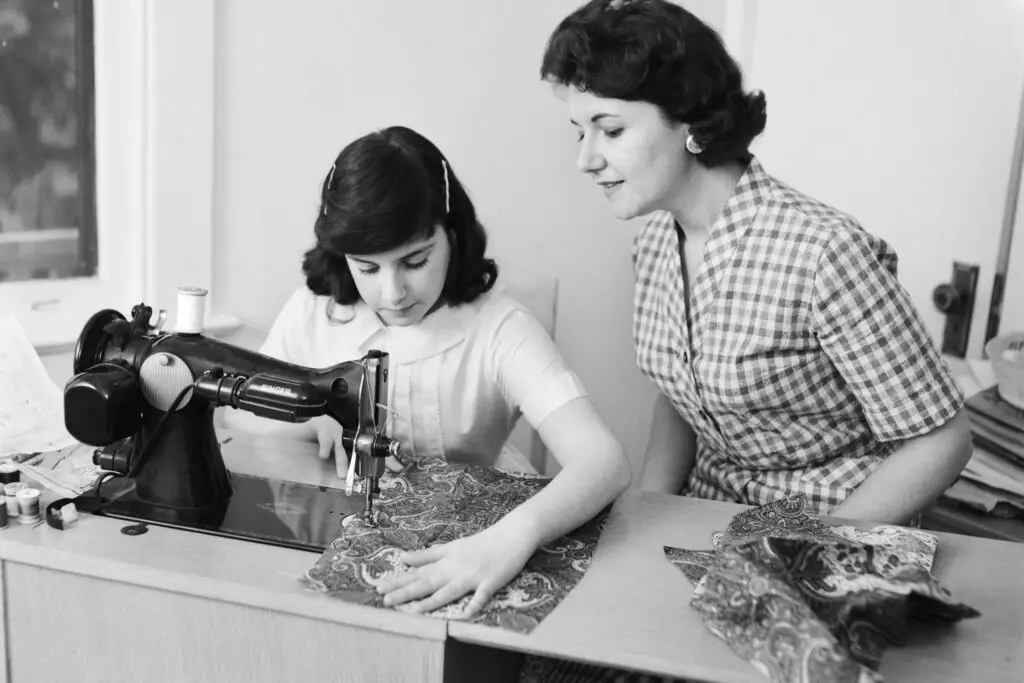
In the 1950s, it was a given that teens—especially girls—knew how to sew a button. At the time, clothing was often hand-made or repaired at home, and learning to fix a loose button was seen as an essential life skill. It wasn’t just about aesthetics; it was about practicality. With fewer ready-made replacements available, knowing how to mend clothes was considered a sign of self-sufficiency.
For many families, sewing was also part of the broader domestic education, with girls being taught not only to mend clothes but also to sew dresses, shirts, and even blankets. It was a skill passed down from mother to daughter, cementing the importance of being able to manage household tasks with ease.
2. Typing Without Looking
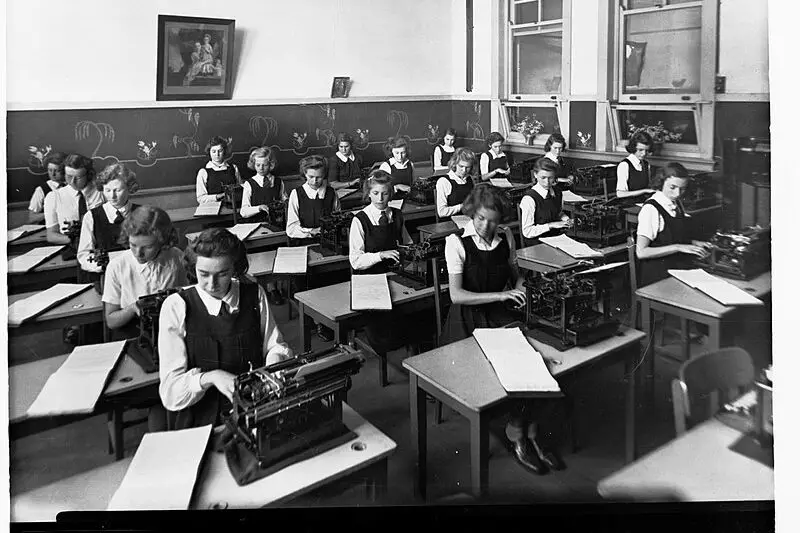
Before everyone had a computer, typewriters were the norm. And teens in the ’50s were expected to master touch typing. In fact, many high schools had typing classes that were as important as math or English. Typing was essential for schoolwork, and it was expected that teens could type quickly and without looking at the keys.
Typing well opened doors for teens, especially young women who would eventually find work as secretaries or administrative assistants. The ability to type accurately and swiftly was seen as a valuable skill that would serve them for years, both in their personal and professional lives.
3. Preparing a Simple Meal

Before fast food became the norm, teens were often expected to know how to prepare a simple meal. Whether it was cooking breakfast for the family or making a quick dinner, the ability to prepare basic dishes was a rite of passage for many. This skill wasn’t necessarily about fancy recipes but about making sure everyone was fed with what was available.
For teens, it was an essential part of growing up, especially for girls who were expected to take on roles within the household. Cooking wasn’t just about food—it was about learning responsibility and contributing to family life. Simple meals like stews, soups, and roasts were staples in the ’50s, and mastering these dishes was key.
4. Writing a Proper Letter

In the ’50s, communication was largely done through letters, and writing a proper letter was a skill that every teen needed. It wasn’t just about writing an email or a quick text—it was about crafting a well-thought-out letter that adhered to formalities. Letter-writing was a way to connect with friends, family, and even potential employers.
Teens learned how to start a letter with a polite greeting, structure the body, and end with a proper closing. This was not just an exercise in writing but a way of presenting oneself in a respectful and mature manner. It was an important skill that many took with them into adulthood, where letter-writing was often used for business or personal correspondence.
5. Changing a Tire

While driving wasn’t as common for teens in the 1950s as it is today, those who did were expected to know how to handle basic car maintenance. Changing a tire was one of the most fundamental skills teens were taught, especially in rural areas where help might not be around the corner. It wasn’t just a skill—it was a part of the rite of passage into adulthood.
For many teens, learning how to jack up a car and swap out a tire was something their father or an older sibling taught them. It gave them a sense of independence and responsibility, and it was also a practical skill that could come in handy during long road trips or late-night drives.
6. Polishing Shoes
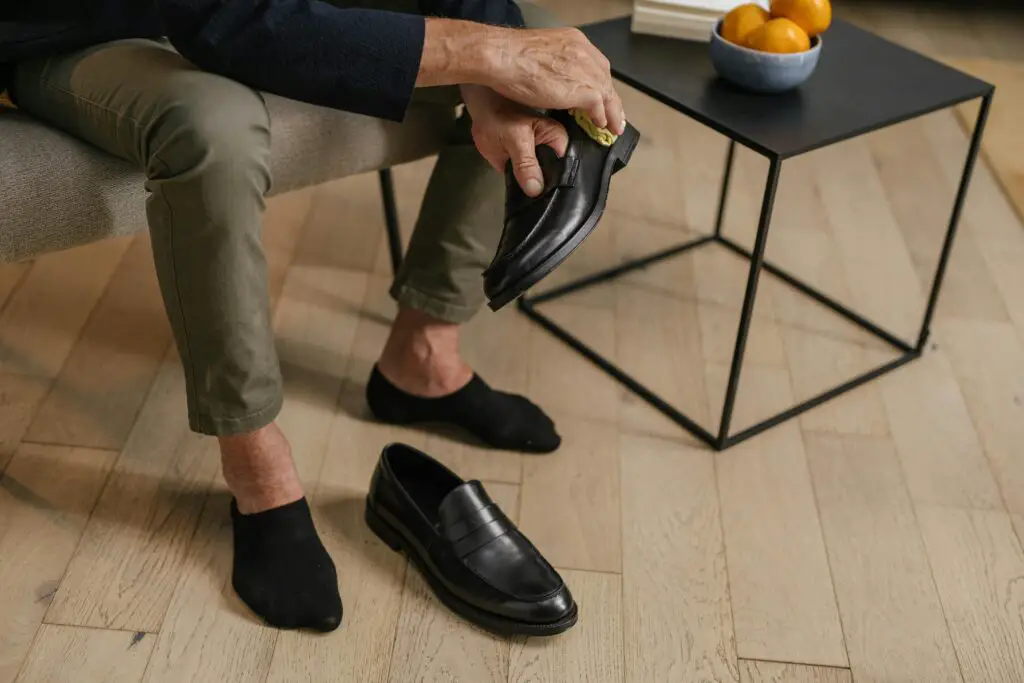
Polishing shoes may seem like a trivial task today, but in the ’50s, it was considered an essential skill. Teens were expected to maintain a neat and polished appearance at all times, and shoes were no exception. Regularly polishing leather shoes was a sign of good grooming and attention to detail.
This wasn’t just about looking good—it was about showing respect for oneself and others. Polishing shoes also had a practical side: leather shoes, when cared for, lasted much longer. Many teens learned this task from parents who emphasized the importance of caring for personal belongings and taking pride in their appearance.
7. Ironing Clothes
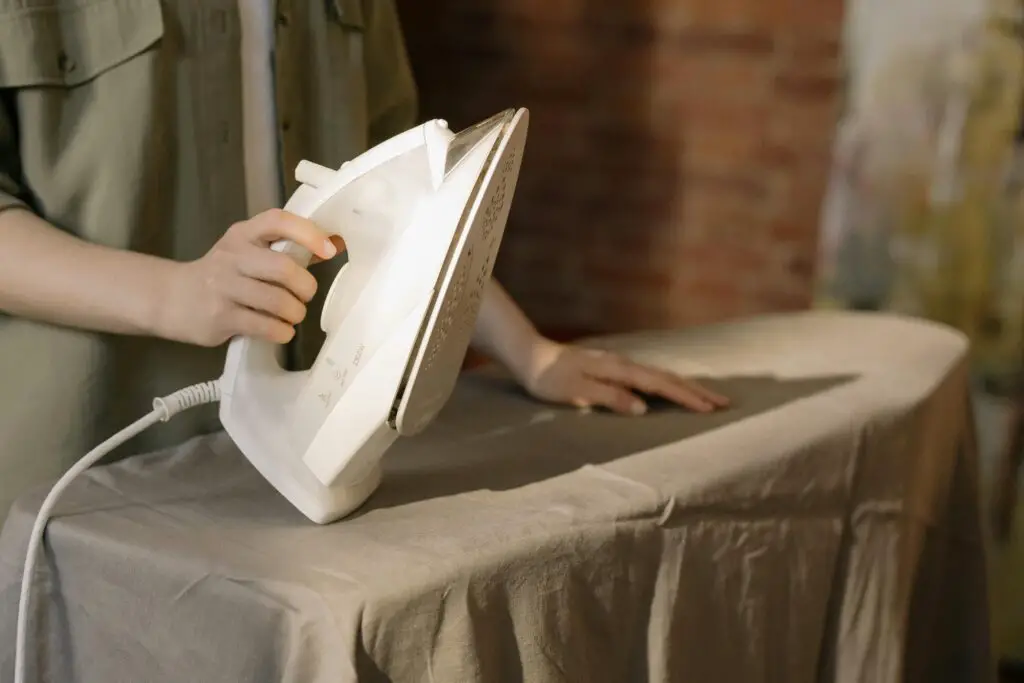
In the 1950s, clothes were ironed as a matter of course, and teens were expected to know how to do it. Whether it was school uniforms, work clothes, or even casual wear, a good press could make all the difference in how someone appeared. Ironing was seen as an essential part of keeping up appearances, and it was often one of the first household chores a teen learned.
It was a skill that transcended gender, with both boys and girls often learning how to properly iron their clothing. Learning how to handle a hot iron and make clothes look crisp and neat was considered a sign of maturity and responsibility, something every teen had to master before leaving the nest.
8. Using a Rotary Phone
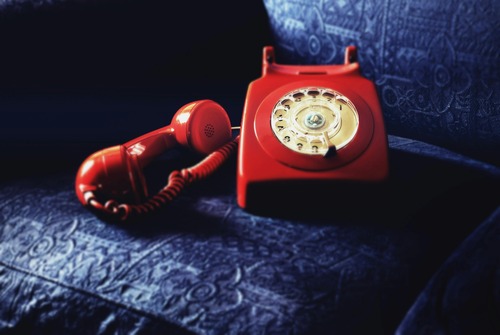
Before the days of cell phones and touchscreens, teens in the ’50s had to master the art of using a rotary phone. It wasn’t just about dialing a number—it was about doing so without losing patience when the number didn’t go through on the first try. Rotary phones were an important part of daily life, and learning to use them was a rite of passage.
For many teens, getting the hang of the rotary dial and understanding how to handle a call was just part of growing up. It wasn’t as instant as today’s technology, but it was still a key tool for communication. The process taught patience, precision, and the value of a well-placed conversation.
9. Making a Bed Properly

In the 1950s, making the bed was an essential daily task that teens had to learn early on. This wasn’t about simply pulling up the covers—it was about ensuring the bed looked neat, with hospital corners and the sheets tightly tucked in. A well-made bed was a sign of discipline and personal responsibility.
Teens were expected to apply the same attention to detail in the rest of their daily routine, and making the bed was often one of the first tasks they did in the morning. It helped them start the day with a sense of order and accomplishment. It was a simple but essential part of everyday life.
10. Tying a Necktie
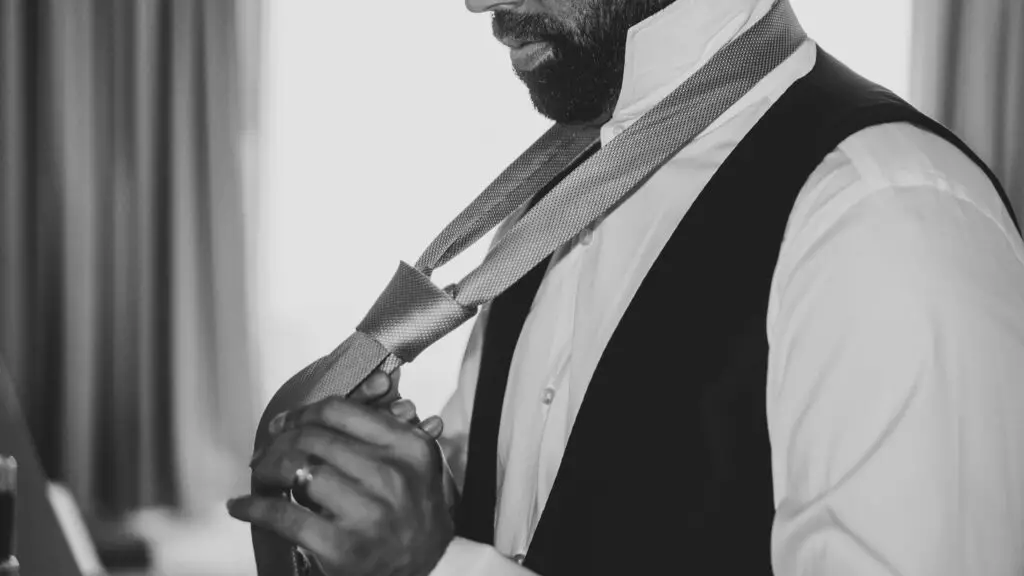
In the ’50s, wearing a necktie was part of everyday fashion for men and boys, especially for formal occasions like church or school events. Tying a necktie wasn’t just a fashion statement; it was a learned skill. Teens were expected to know how to tie a tie properly, often through trial and error or with help from their father or older brother.
It wasn’t just about the knot; it was about learning to present oneself well. The process of tying a tie was symbolic of the importance of self-care and good grooming. Teens who mastered this skill were seen as mature and ready for the responsibilities that came with adulthood.
11. Balancing a Checkbook

By the 1950s, financial independence was becoming more important for teens. Learning how to balance a checkbook was an essential skill for anyone managing money. This wasn’t just a way to keep track of spending—it was about understanding the basics of budgeting and ensuring that money was managed responsibly.
Teens were taught how to record expenses, track deposits, and understand the importance of staying within budget. For many, learning how to balance a checkbook was a rite of passage into adulthood. It was also a skill that served them well throughout life, ensuring they could navigate their finances with confidence.
12. Polite Conversation
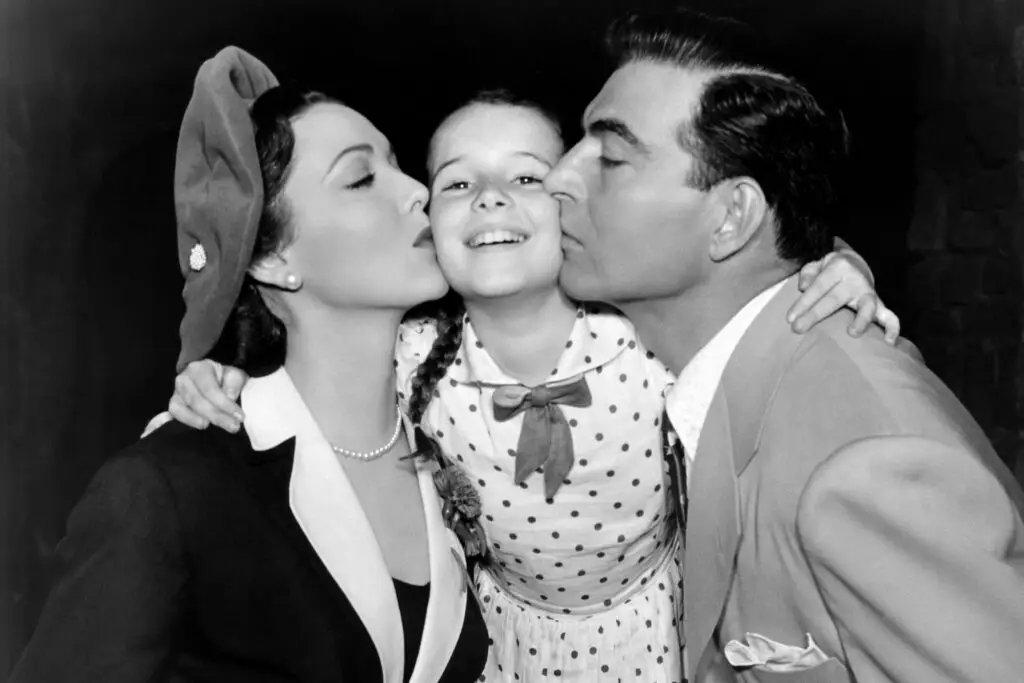
In the ’50s, social skills were crucial, and teens were taught how to engage in polite conversation. This wasn’t just about being able to chat with friends—it was about mastering the art of small talk and learning to be gracious in all interactions. Good manners, including knowing when to speak and when to listen, were essential.
Teens were expected to know how to introduce themselves, ask questions, and listen attentively. This wasn’t just about politeness; it was about forming connections and creating a positive impression. Whether at a social gathering or a family dinner, knowing how to hold a conversation was a skill that every teen was expected to learn.
